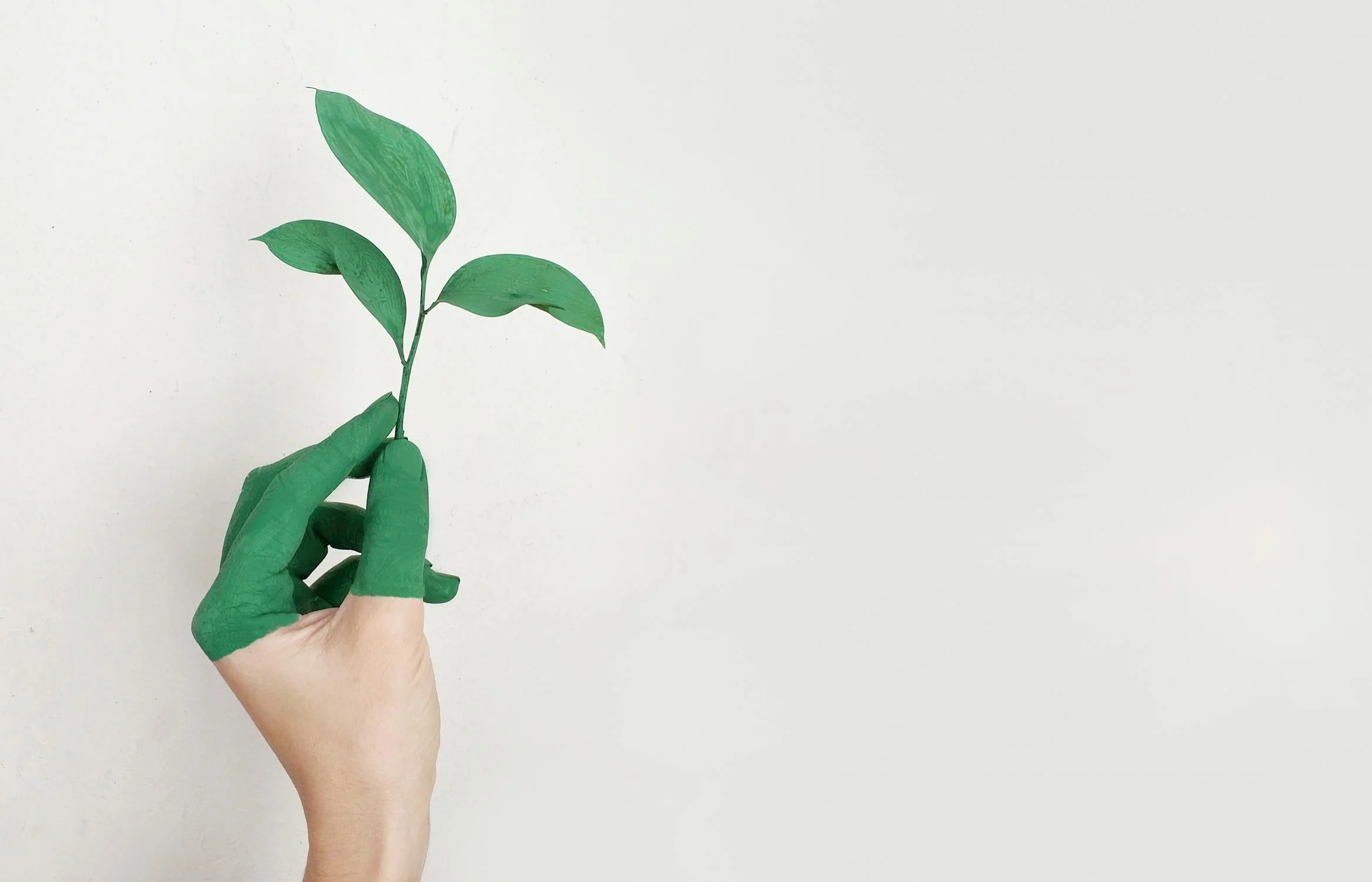Written by Aliyah Assegaf & Veronica Red Pioquinto
01 May 2024

In today’s world, there’s a notable rise in environmental awareness, leading to increased efforts to reduce our carbon footprints. Consequently, the significance of sustainable packaging solutions cannot be emphasized enough. Whether in grocery store aisles or throughout supply chain logistics, the choice of packaging materials holds significant implications for businesses and consumers. Recent studies and analyses offer valuable insights into the evolving landscape of sustainable packaging, highlighting both the challenges and its promising future.
Understanding the Urgency
A study published in MDPI's Polymers journal emphasizes the increasing demand for sustainable packaging materials. The research highlights the environmental repercussions of conventional packaging and underscores the necessity of transitioning towards bio-based and recyclable options. This shift is not merely a preference but a crucial step towards mitigating the ecological footprint of packaging across various industries.
Further research, spanning nearly three decades and analyzed by scholars in the Sustainability journal, reveals a growing interest in sustainable packaging within supply chain management. The surge in research activity, particularly since 2013, aligns with the global adoption of circular economy principles. Gaps in research, however, particularly in operational management, indicate areas ripe for further exploration and innovation.
Consumer Perspectives and Expectations
Consumer sentiments play a pivotal role in shaping the trajectory of sustainable packaging solutions. A qualitative study conducted through focus group sessions delved into consumer perceptions of paper-based packaging. While participants acknowledged the importance of sustainability, they also expressed reservations regarding design and pricing. This underscores the intricate balance between sustainability, functionality, and consumer preferences in packaging design.
According to a survey by Nielsen, 81% of global respondents feel strongly that companies should help improve the environment. Furthermore, a CSR study by Cone Communications found that 87% of consumers surveyed would have a more positive image of a company that supports social or environmental issues.
Business Imperatives and Market Trends
In response to growing consumer demand and regulatory pressures, businesses increasingly embrace eco-friendly packaging solutions. Bradley Saveth, President & COO of SupplyCaddy, a packaging company, highlights the strategic significance of sustainability in packaging, not only as a moral obligation but also as a business imperative in an article featured in Forbes. Adopting biodegradable materials, recyclable packaging, and innovative designs reflects a broader shift towards environmentally conscious practices, shaping brand reputation and consumer loyalty.
The global sustainable packaging market was valued at $219.5 billion in 2020 and is projected to reach $330.6 billion by 2025, with a CAGR of 8.5% during the forecast period (ResearchAndMarkets.com). A survey conducted by Smithers found that the global market for sustainable packaging was estimated to be $255.1 billion in 2018 and is projected to grow at an annual rate of 4.3%, reaching $393.4 billion by 2028.
Challenges and Opportunities
Addressing global challenges such as food waste and plastic pollution requires innovative approaches to packaging. A scholarly paper underscores the pivotal role of sustainable packaging in revolutionizing food consumption patterns. Sustainable packaging solutions are critical to a more resilient and environmentally friendly food system, from reducing food waste to preserving food quality and safety.
The Ellen MacArthur Foundation estimates there will be more plastic than fish in the ocean by 2050 if current trends continue. According to an Ocean Conservancy and the McKinsey Center for Business and Environment report, 60% of all plastic waste comes from just five countries: China, Indonesia, the Philippines, Thailand, and Vietnam. The global market for biodegradable plastics is expected to grow from $4.6 billion in 2019 to $7.2 billion by 2024, with a CAGR of 9.4% during the forecasted period (MarketsandMarkets). The compostable packaging market is expected to grow at a CAGR of 17.4% from 2020 to 2027, reaching $1.7 billion by 2027 (Allied Market Research).
A Call for Holistic Action
The transition towards sustainable packaging entails a paradigm shift in how businesses approach sustainability. An insightful analysis by McKinsey emphasizes the need for a holistic approach, encompassing material innovation, circular economy principles, and supply chain optimization. Collaboration across the value chain is paramount as companies strive to integrate sustainability into their business strategies for long-term success.
Many large companies are committed to using sustainable packaging. For example, Coca-Cola has pledged to make 100% of its packaging recyclable by 2025. Unilever aims to cut the use of virgin plastic by half by 2025 and collect and process more plastic packaging than it sells. Governments worldwide are implementing regulations to reduce plastic waste and promote sustainable packaging. For example, the European Union's Single-Use Plastics Directive aimed to ban single-use plastic products for which alternatives exist since 2021. Countries like Canada, the UK, and various states in the US are implementing Extended Producer Responsibility (EPR) schemes to hold companies accountable for the end-of-life management of their packaging.
Conclusion
The discourse surrounding sustainable packaging solutions encapsulates a multifaceted journey toward environmental stewardship and business innovation. From consumer preferences to industry imperatives, the quest for sustainability transcends individual initiatives, necessitating collective action and strategic foresight. As businesses, consumers, and researchers converge on this shared vision, the promise of a greener, more sustainable future through packaging becomes increasingly tangible.
References
-
Berg, P., Feber, D., Granskog, A., Nordigården, D., & Ponkshe, S. (2020). The drive toward sustainability in packaging-beyond the quick wins. Retrieved from https://www.mckinsey.com/industries/packaging-and-paper/our-insights/the-drive-toward-sustainability-in-packaging-beyond-the-quick-wins
-
Guillard, V., Gaucel, S., Fornaciari, C., Angellier-Coussy, H., Buche, P., & Gontard, N. (2018). The Next Generation of Sustainable Food Packaging to Preserve Our Environment in a Circular Economy Context. Frontiers in nutrition, 5, 121. https://doi.org/10.3389/fnut.2018.00121
-
Ibrahim, I.D.; Hamam, Y.; Sadiku, E.R.; Ndambuki, J.M.; Kupolati, W.K.; Jamiru, T.; Eze, A.A.; Snyman, J. Need for Sustainable Packaging: An Overview. Polymers 2022, 14, 4430. https://doi.org/10.3390/polym14204430
-
Morashti, J.A.; An, Y.; Jang, H. A Systematic Literature Review of Sustainable Packaging in Supply Chain Management. Sustainability 2022, 14, 4921. https://doi.org/10.3390/su14094921
-
Oloyede, O. O., & Lignou, S. (2021). Sustainable Paper-Based Packaging: A Consumer's Perspective. Foods (Basel, Switzerland), 10(5), 1035. https://doi.org/10.3390/foods10051035
-
Satjaharuthai, K., & Lakkhongkha, K. (2023). The Role of Entrepreneurs in Driving the Success of their Businesses in the Digital Era. https://doi.org/10.26668/businessreview/2023.v8i7.2866
-
Saveth, B. (2024). Council post: Embracing sustainability: The rise of eco-friendly Packaging Solutions. Retrieved from https://www.forbes.com/sites/forbesbusinesscouncil/2023/06/23/embracing-sustainability-the-rise-of-eco-friendly-packaging-solutions/?sh=4c88121c271d
